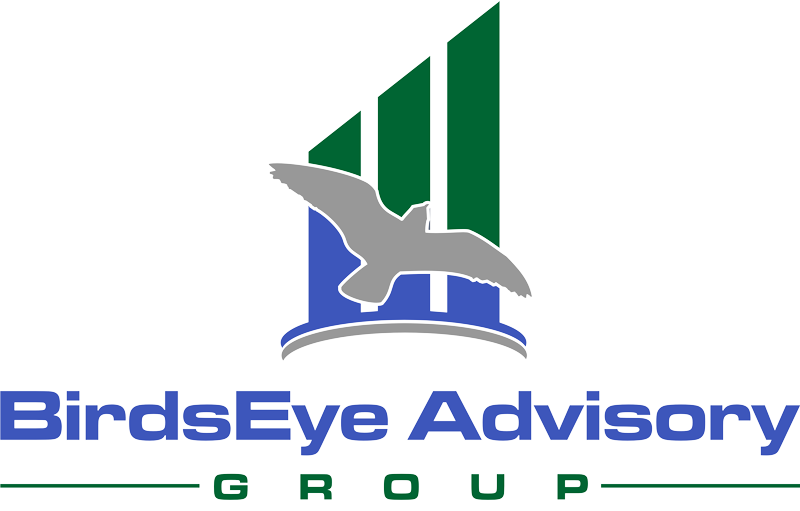
Raising money for your growing pet company is a hot topic and one that I am addressing over a three pat series for APPA’s e-update readers. Following on to my last column on crowdfunding, I thought it appropriate to demystify the whole concept of Venture Capital (VC) and whether this could be a good avenue for your pet business. As explained in my 2014 column titled “The Difference between Venture Capital and Private Equity” VC is generally not available for traditional pet product companies. But if your product includes a technology play….now that is a different story! I have found that investors are hungry to put capital into any credible business that successfully marries a pet product with technology.
This is the case with Rover.com, a website that connects dog parents with a nationwide network of dog lovers for hire, offering in-home dog boarding, dog sitting, and dog walking through their proprietary online technology. Rover.com recently announced they had raised $25 million in VC, making the total they have raised in the last several years approximately $50 million. With that kind of success, I wanted to tap their CEO, Aaron Easterly, for his insight into how and why Rover.com has continued to successfully raise capital for their rapidly growing pet-focused technology company.
Can you give us an overview of how Rover.com started?
The idea for Rover.com grew out of a negative experience co-founder Greg Gottesman had with his dog at a traditional kennel. He was on vacation when his dog, Ruby Tuesday, was injured at a high-end boarding kennel in Seattle. When his 9-year-old daughter said she would have paid to take care of someone else’s dog, Gottesman saw a business. He and his team pitched the idea for Rover.com, a website connecting dog owners with dog sitters, at a 2011 Startup Weekend in Seattle and won top prize. He brought his idea back to the firm and brought me on as CEO. It was great timing since I had recently left Microsoft to work on start-up business ideas.
How did you get initial capital to launch the business?
Greg was a Managing Director at Seattle venture capital firm Madrona, and I was incubating marketplace business ideas at Madrona at the time. Consequently, the firm decided to give some seed capital.
At what point did you decide to raise Venture Capital and how long did the process take?
As we were nearing the completion of our beta, we decided that there was enough positive response to seek additional funding (a formal Series A, the first formal round of funding). Madrona was interested in participating, but we looked at securing other investors as well. Eventually, Madrona led the Series A with contributions from Rolling Bay Ventures, CrunchFund, Andy Liu, Scott Howe, and myself. The Series A process took about two months. Subsequent rounds have taken a similar amount of time excluding the legal/paperwork component.
How much VC money did you raise and why do you think Rover was successful raising that capital?
Our Series A was $3.3M. Greg’s and my roles at Madrona were critical in getting the Series A done. It was not an easy pitch more broadly. Many investors still associated the category with the failure of companies such as Pets.com during the dot-com era. Interestingly, we actually received much more interest from Tier 1 investment firms than lesser-known firms.
Overall, we’ve announced about $50M in funding rounds. Each round had its own challenges. In the earliest rounds, market size and risk of disintermediation were investors’ most common concerns. To address these concerns, we presented data on repeat usage and the size of shadow market (people that use friends, family, and neighbors to care for their dog when traveling) instead of focusing on the current commercial market (e.g. kennels).
Investors we spoke to in the more recent rounds were much more focused on unit economics (the value of a customer relative to the cost of acquiring them), the scalability of marketing channels, and competitive dynamics. Online marketplaces are often perceived to have great economies of scale, so many investors get nervous about putting large amounts of money to work in a company that is not the clear leader. Fortunately, as we’ve zoomed by copy cat companies and accumulated a larger set of historical data to back our assertions, these conversations have become much easier.
Overall, I think our super analytical culture, depth of understanding of the business, and transparency during the fundraising process have been the reasons we’ve been able to successfully raise money to date. On the flip side, I wouldn’t consider myself to be a great pitchman. That probably made the earlier rounds more difficult.
The pet industry in general doesn’t seem to attract Venture Capital. Do you think the reason Rover.com was successful is because it has a technology component?
Absolutely. Venture Capitalists have investment criteria. Although it varies from firm-to-firm, they generally want to see the potential to earn back a multiple of their investment (e.g. 5X) in some finite period of time. They also care about the defensibility of the business (How easy will it be for more competitors to enter?). Businesses that do not have clear economies of scale (aspects of the business get noticeably better as the business gets larger) are more difficult to grow, defend, and exit. Often times, but not always, getting strong scale economies require an important technical component to the business.
I doubt Rover would have been funded by the group of investors we have if it wasn’t for this technical component. In fact, Rover has a shockingly large amount of technical and analytical complexity behind the scenes. This aspect to the business is actually one of the items investors find most compelling.
How will Rover.com deploy the new Venture Capital? What are your growth plans?
Moving forward, we want to continue to expand our service offerings. Currently, more than 50% of sitters listed on Rover offer multiple services. The most common include: doggie day care, dog walking, grooming, training and cat care. Because of the segment of dog owners that use friends, family, and neighbors for their pet setting, many potential customers don’t currently search for a commercial solution. A chunk of our capital will be used to expand awareness of the offering. At some point, it is likely we will expand internationally. At Rover, our mission is to make it possible for everyone to have a dog in their life. Everything we do is aimed at achieving that goal.
Carol Frank of Boulder, CO, is the founder of four companies in the pet industry and a Managing Director with BirdsEye Advisory Group, where she advises pet companies in M&A transactions and Exit Planning. She is a former CPA, has an MBA, is a Certified Mergers and Acquisitions Advisory (CM&AA) and holds Series 79 and 63 licenses. She highly values and incentivizes referrals and can be reached at cfrank@birdseyeadvisory.com.
